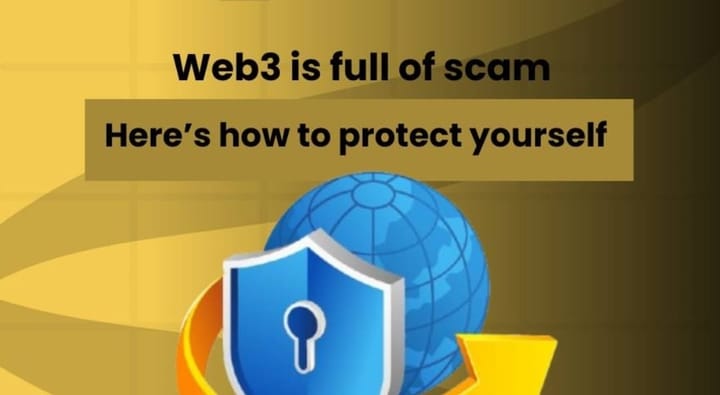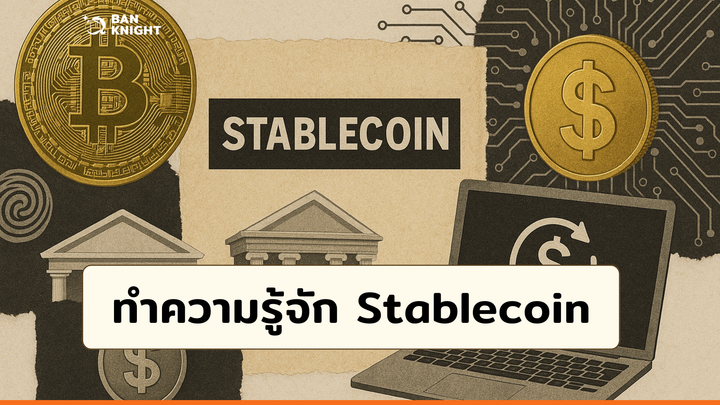On-Chain Score: Ethereum L2 ‘Blast’ Sees 20 000 New Users in 48 Hours

Ethereum Layer-2 Blast took off with a bang at its mainnet launch, amassing an impressive 37,131 wallet addresses in just the first 48 hours and nearly $230 million in total value locked (TVL). This is a remarkable testament to the fact that users are eager for fast, affordable, and yield-generating transactions! Binance.
Over two days, new users poured in to enjoy 4 % ETH and 5 % stablecoin native yields, along with sub‑$1 gas fees and instant finality via optimistic rollups MediumMedium. In this article, you’ll learn:
- Why Blast’s early surge matters
- How its native yield and optimistic rollup design fuel growth
- What this means for DeFi’s Layer 2 future
1. Why 20 000 + Users in 48 Hours?
A Clear Sign of Layer 2 Demand Ethereum’s main layer can only handle about 15 transactions per second (TPS) and often charges between $10 and $50 or more in fees when things get busy. Blast launched on November 21, 2023, specifically to tackle these issues: - Speed: Thousands of TPS through optimistic batching - Cost: Gas fees under $1 for transfers - Yield: 4% on ETH and 5% on USDC/USDT, with auto-rebase In just the first 48 hours, Blast managed to lock in $230 million and brought on board 37,131 addresses—a real-world test that showed users are ready to switch when Layer 2 solutions offer both scalability and returns.
Native Yield: A Game‑Changer
While most Layer 2 solutions are all about scaling, Blast takes it up a notch by introducing a unique twist with native yield:
- ETH staking rewards (through Lido or direct beacon chain staking)
- RWA T-bill protocols for stablecoins, rebased into USDB This “you hold, you earn” approach transforms passive bridging into a dynamic income stream.
- 2. Under the Hood: Optimistic Rollups + Rebasing
How Optimistic Rollups Work
Blast’s rollup packages many L2 transactions into one batch submitted on Ethereum mainnet. If no fraud proof arises in a challenge period, the batch is finalized. Benefits:
- Security inherits Ethereum’s consensus
- Throughput skyrockets (thousands vs. ~15 TPS) Medium
For a technical deep dive, see our Mitosis Core guide on Layer 2 rollups.
Auto‑Rebasing Mechanics
When you bridge ETH to Blast, here's what happens: Your ETH tokens automatically increase thanks to staking yields. Stablecoins are converted to USDB, with the rebasing process handled through MakerDAO T-bills. No need for manual claims—your balance simply grows in your wallet. This smooth integration encourages more people to adopt it because it “just works.”
3. Ecosystem Impact & Market Insights
TVL & Liquidity Trends
By late November 2023, Blast had already made a name for itself as the 7th largest ETH staker (by TVL) on Ethereum, with over $500 million locked in. Just a week later, TVL soared to $570 million, and by mid-June 2024, it was nearing an impressive $2 billion ahead of its airdrop
On‑Chain Scorecard: Active Addresses
According to data from Artemis, the number of active addresses on Blast skyrocketed from around 73,500 in early June to about 168,400 by June 20, 2024—an impressive jump of 94,900 addresses in just 20 days Unchained. This consistent growth shows that the network is more than just a buzz around airdrops; real users are sticking around for the yield and user experience.
Comparative Analysis
- Base: Approximately $1.6 billion in Total Value Locked (TVL), with no native yield
- Arbitrum/Optimism: Well-established, but gas fees hover around $2–5.
- Blast: Gas fees under $1 plus yield This gives Blast a unique edge in the Layer 2 landscape—affordable, speedy, and profitable.
4. What This Means for DeFi’s Future
Democratizing Yield
By creating Ecosystem Connections between staking protocols and Real-World Assets (RWA), Blast makes it easier for everyone to earn. You don’t have to:
- Learn the ins and outs of staking
- Juggle yield farming positions
- Pay high gas fees for compounding
you just bridge and hold.
Catalyst for Innovation
A growing user base is a magnet for developers. Here’s what to expect:
- Yield aggregators tailored for Blast’s rebasing tokens
- DEXes automating rebase arbitrage
- Lending markets utilizing USDB as collateral
Visit our Ecosystem Connections portal to see partner projects integrating Blast: https://university.mitosis.org/ecosystem-connections/.
Pressure on Mainnet Fees
As more capital and activity flow on-chain to Layer 2s like Blast, we might see some relief from congestion on the Ethereum mainnet—benefiting all users. But it also raises some interesting questions:
Future Implication: Could mainnet gas fees drop below $5 for good? Join the conversation in the Mitosis Discord!
5. Interactive Takeaways
- Try a small bridge. Move 0.01 ETH to Blast—experience the fees and see rebases in action.
- Experiment with USDB. Bridge USDC to USDB and back to ETH to compare yields with MakerDAO.
- Get involved in governance. Blast’s upcoming DAO could empower token holders to influence RWA allocations.
Conclusion
The fact that Blast has welcomed over 20,000 new users (with a total of 37,131 onboarded) in just 48 hours isn’t merely a catchy statistic; it’s a clear indication that the next wave of DeFi is all about speed, affordability, and built-in yield. By combining optimistic rollups with auto-rebasing, Blast is truly redefining the Layer 2 landscape—and the DeFi community is definitely taking notice.
- Explore more via our Glossary (search “Layer 2,” “rollup,” “TVL”).
- Check out our Market Insights section for weekly trend analysis: https://university.mitosis.org/market-insights/
- Dive into technical guides in Mitosis Core: https://university.mitosis.org/mitosis-core/
Your turn: Will you be among Blast’s next 100 000 users? Sound off below or in the Mitosis Telegram contributors’ chat!
- Mitosis Core: https://university.mitosis.org/mitosis-core/
Your turn: Will you be among Blast’s next 100 000 users? Sound off below or in the Mitosis Telegram contributors’ chat
Internal Links Used:



Comments ()